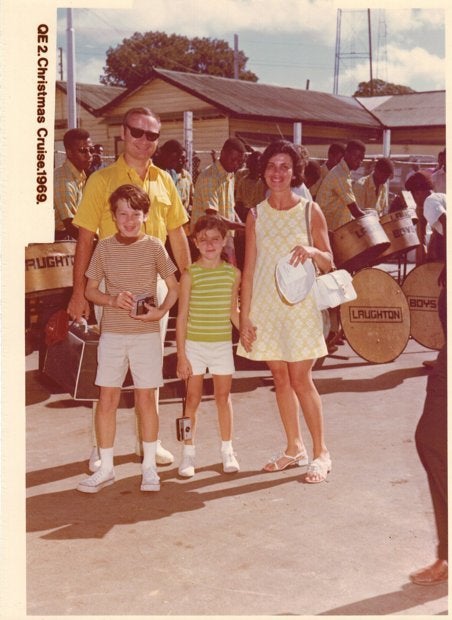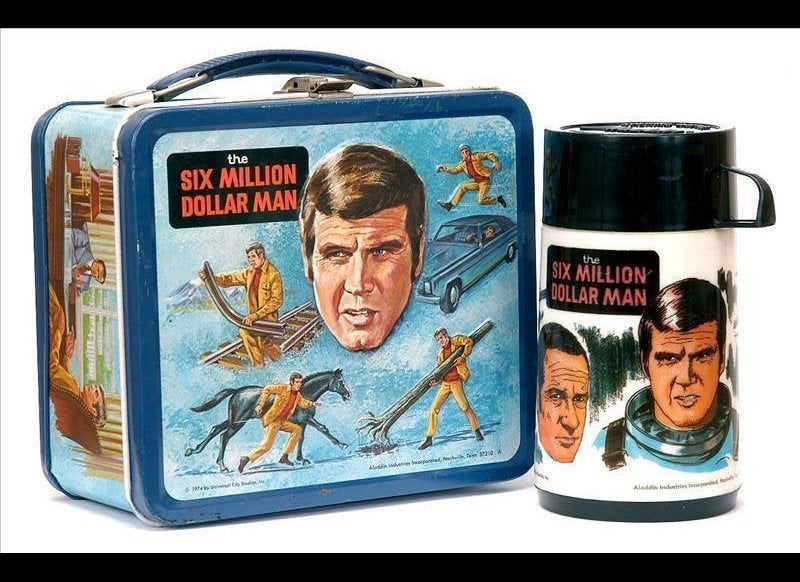
Oh 1960s -- you fashionable era.
So fashionable that a style blog recently called out Winnie Cooper (the Wonder Years) as the spot-on, authentic, ultra-stylish reproduction of the fashionable, "preppy," "hints of mod" schoolgirls of the time.
Excuse me for a minute.....
Hahahahahahaha.
I don't know what 1960s schoolgirls they're talking about. I grew up in the actual era of the fictional Winnie and let me just say I don't remember anything about middle school couture. "Hints of 60s mod?" Noooooo. More like "blatant affirmations of dork."
Oh children, children: revisionist history to the contrary, we weren't all as cool as the 60s would have you believe. Winnie may have swung her shiny tresses around while wearing vintage groovy mini skirts and stacked heels, but the real preteens of the era (we were so uncool, we hadn't even become tweens yet) were wearing sneakers, ankle socks and head-to-toe Danskin.
Danskin. Sigh. Remember those?
If you were a girl in suburbia born between the late 1950s and mid-1960s, chances are you had a whole closet full of these elastic-waist, built-to-last beauties. They were made in fabrics not seen in nature and came in all the era's fashion colors: sunshine yellow, shag-carpet rust, kitchen-appliance avocado green. They were sold in pairs and hung in matched sets in all of our closets like cartoon-character costumes. Nearly every shirt had a characteristic fat-skinny-fat stripe pattern that could be mixed and matched with pants for every occasion -- long-sleeve and bellbottoms for dinner at that new Chinese restaurant that also served veal cutlets, short-sleeve for school, sleeveless for Saturdays. All that, and those matching indestructible shorts that fit neatly under dresses, providing monkey-bar barriers against little boys who would otherwise have been able to look up our skirts (I'm talking to you, William!).
And they lasted. Forever. Seriously -- these things could survive stains, rips, runs, blowtorches, the end of mankind. Its lone kryptonite was tar, the kind you got when you sat on a hot street (hey -- we did that a lot back then), and that required an intricate combination of elbow grease, parental yelling, and interestingly, ice cubes to remove.
"They never wore out," recalled my mother recently with a laugh, "you just outgrew them."
This little miracle of fashion came along just as we little girls inched into the Age of Aquarius. And by that I mean we were newly liberated to wear pants to school. Since the Gap hadn't yet been invented to outfit us in neon-yellow skinny jeans, we were clad in the only thing left, which was apparently the elementary-school version of middle-age permanent press. Practical, color coordinated and completely un-cool.
And we loved them.
"I think I had all the bell bottoms... easy to match in the morning!" said one friend.
"Oh my gosh, I used to wear those all the time!" said another.
"I HAD DANSKIN outfits," gushed one more. "I thought I was the only one!!! (The original leggings and mock turtleneck!)."
They were surprisingly comfortable -- stretchy pants for when you'd eaten one too many bowls of SpaghettiOs was a concept that would be embraced for many Thanksgivings to come. Not that there weren't drawbacks to being encased in plastic, namely: the funk. The miracle fabric may have repelled a lot of things, but odor wasn't one of them. I can only imagine this was the reason we needed so many matching sets. It also meant that the wash-and-wear aspect (those outfits practically repelled water, meaning they came out of the washer looking exactly the same as when they went in) was more necessity than mere convenience.
I had completely forgotten about this great moment in fashion history until I was searching through some old family photos. There I was at a cruise ship port, me in my glory with my Instamatic camera and my striped Danskin shirt and matching shorts. Posting the photo on Facebook nudged my contemporaries to open a floodgate of similarly repressed memories.
"I LIVED in Danskin!" said one friend.
"Where are they now? I could go back to that!" said another. (Note: We did -- we just call them yoga pants.)
So why aren't these pieces of pop-culture history in the Smithsonian next to Marilyn's Seven-Year Itch dress? Why aren't they between poodle skirts and Gloria Vanderbilt jeans? It can't possibly be because they don't exist anymore. They're out there. Somewhere. I know this because even three decades in a landfill could not possibly have destroyed them. Other moments in bad-fashion history are well documented, like velvet baby-blue tuxes and ruffled shirts (my father's head-to-toe plaid suit was all kinds of awesome). Danskins seem to have been revisionist historied into "hints of 60s mod."
So go ahead fashionistas and hark back nostalgically to a pre-teen fashion of fiction (in the interest of full disclosure, one of Winnie's shirts may have been a Danskin, but it was so fashionably accessorized, it hardly counts). The rest of us will revel in our polyester memories of puce, lime green and burnt-orange. I personally recall fondly the days of getting dressed with my eyes closed and when hair brushing was considered optional.
And dear Danskin, please don't write me hate mail. I'm a fan today. Really. Plus, I willingly teased and sprayed my bangs into a tower of lifelike hair in the '80s, meaning we all have questionable moments in our fashion pasts.
That is... all except maybe Winnie Cooper.
Earlier on Huff/Post50:

